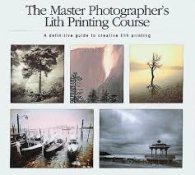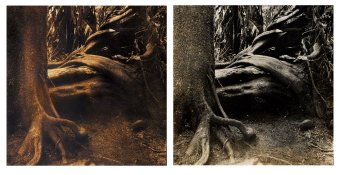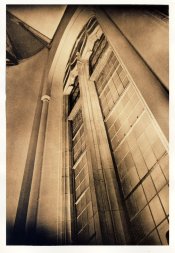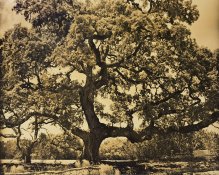AndreiF
Member
- Joined
- Nov 2, 2011
- Messages
- 103
- Format
- Multi Format
Hello everyone! I am tempted to try the lith printing and after some research on internet I still have some questions
I saw there are some "not exactly" lith developers, what are that. Also I intend to use foma paper as I saw it is very recommendable. Does it matters if it is variable contrast? Than, the developer, there are big differences between developers in terms of finishing way of looking, or is just about the price? In general I saw you need 2 different substance put it together. I found this developer to be the best suitable for me, what do you think about this website fotoimpex.de? Or do you know better places in terms of prices-quality?
Any other advice is highly appreciated!
Thank you very much!
I saw there are some "not exactly" lith developers, what are that. Also I intend to use foma paper as I saw it is very recommendable. Does it matters if it is variable contrast? Than, the developer, there are big differences between developers in terms of finishing way of looking, or is just about the price? In general I saw you need 2 different substance put it together. I found this developer to be the best suitable for me, what do you think about this website fotoimpex.de? Or do you know better places in terms of prices-quality?
Any other advice is highly appreciated!
Thank you very much!
















